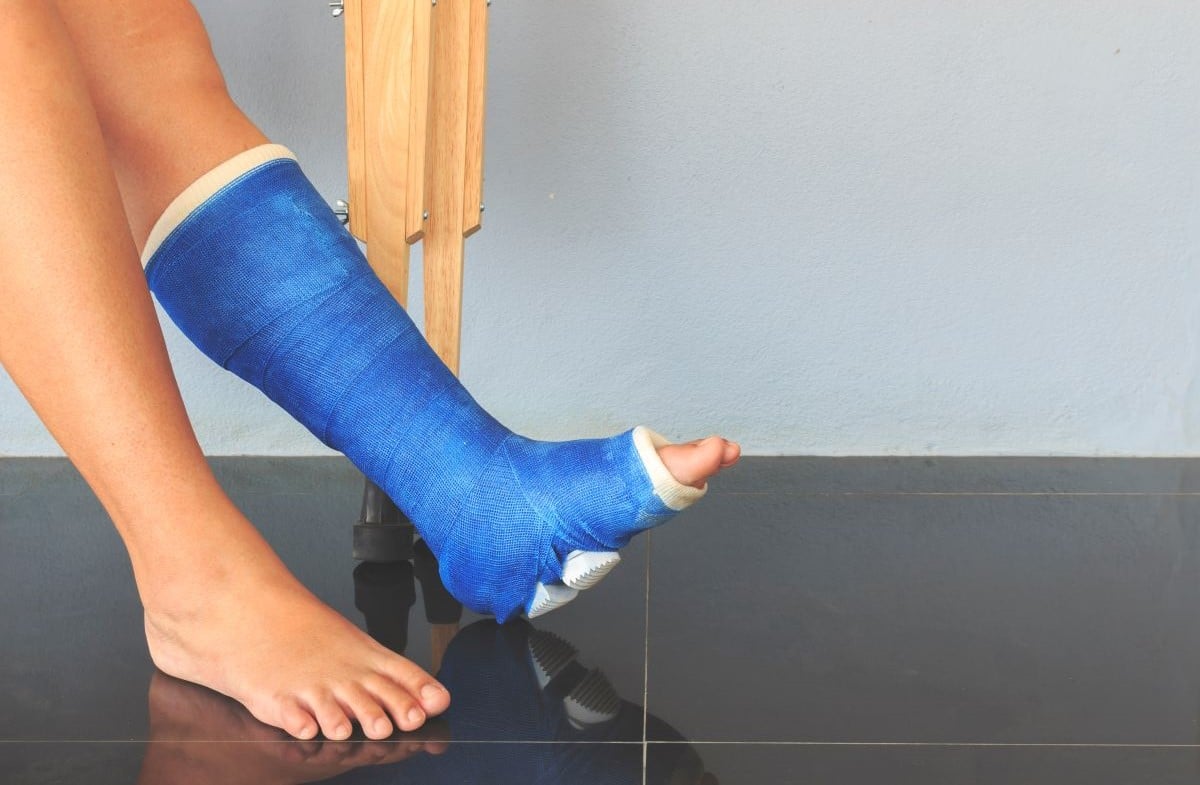Women with type 2 diabetes have higher BMD, better bone microarchitecture, and no difference in bone material strength index
By Elana Gotkine HealthDay Reporter
FRIDAY, Aug. 9, 2024 (HealthDay News) — Women with type 2 diabetes (T2D) have higher bone mineral density (BMD) and better bone microarchitecture, but poorer physical function than women without diabetes, according to a study published online Aug. 7 in JAMA Network Open.
Michail Zoulakis, M.D., from the Sahlgrenska Osteoporosis Centre at the University of Gothenburg in Sweden, and colleagues conducted a prospective observational study based on the population-based Sahlgrenska University Hospital Prospective Evaluation of Risk of Bone Fractures study cohort of older women to examine whether poorer skeletal characteristics or worse physical function could explain the increased fracture risk seen in T2D. Of 3,008 women aged 75 to 80 years, 294 with T2D were compared to 2,714 without diabetes.
The researchers found that women with T2D had higher BMD at all sites compared with women without. Women with T2D had 7.4 percent greater cortical area and 1.3 percent greater density at the tibia; they also had 8.7 percent higher trabecular bone volume fraction. No difference in the bone material strength index (BMSi) was seen between women with T2D and those without. Lower performance on all physical function tests was seen for women with T2D. Compared with women without diabetes, those with T2D had 9.7 percent lower grip strength, 9.9 percent slower gait speed, and 13.9 percent slower timed up-and-go time. There were 1,071 incident fractures, 853 major osteoporotic fractures, and 232 hip fractures during a median follow-up of 7.3 years. T2D was associated with an increased risk for any fracture and major osteoporotic fractures in adjusted Cox regression models (hazard ratios [95 percent confidence intervals], 1.26 [1.04 to 1.54] and 1.25 [1.00 to 1.56], respectively).
“Older women with T2D have higher BMD, better bone microarchitecture, and no different BMSi, but poorer physical function than women without diabetes,” the authors write. “This could be the principal reason for the increased fracture risk observed in this study among older women with T2D.”
Several authors disclosed ties to the pharmaceutical industry.
Copyright © 2024 HealthDay. All rights reserved.







